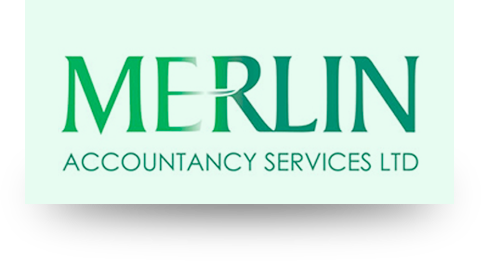As I’m writing this, the UK news is full of stories about prices. Inflation is the highest it’s been for years. The cost of filling a family car is getting eye-watering. It seems that everyone is bracing themselves for some nasty home heating bills as the year goes on.
It’s easy to get caught up in the noise. When both consumers and businesses are feeling the pinch, it might seem that the only thing you can do is keep your own prices down. After all, there’s a risk that your customers will look elsewhere to save money, right?
That’s sometimes true, but you might be surprised. Let’s look at a different way of thinking and see where it leads us.
The best place to start is with a real-life Merlin case study. One of our clients owns a dog-training business. They’d built up a core of happy customers, but a service business like this always has challenges. There are no-shows, with slots not taken. Some customers are price-sensitive, so they come and go. They’re not a reliable source of income and it’s harder to build a relationship with them and their pets.
How did they deal with these challenges?
Our client looked at their options. Then they made a wise call and actually put up their prices. They realised that just because money is getting tight for many people, that’s rarely true for everyone. Many of their best clients and prospects were not actually very price-sensitive. They would live with a price hike if the service was good.
Nor does inflation across the economy apply to every situation. Everyone has things they really don’t like cutting back on. It’s emotional, not logical. Even when their supermarket bill makes them gulp, my client’s customers know that getting the family’s new dog to behave is important.
Putting up prices had some interesting results
After the price rise, it was interesting to see what happened. The higher prices meant that my client could run each course with fewer customers. They found themselves being able to give more one-to-one time to those who came. In turn, that extra personal time was valued by the repeat customers who came back for more.
Another outcome was that the more price-sensitive customers were now put off. They chose another supplier, or a different way of training their dog. There are of course less expensive dog trainers nearby. Just like there are cheaper restaurants, pubs and shops. We all have a choice.
Your customers weren’t born equal
Our client’s story is a reminder that yes, sometimes it pays to lose customers. Many businesses find that it’s a relatively small group who drive most of their profits. As our dog-trainer found, it’s good to adopt tactics that weed out the less profitable customers who may be holding you back.
We can help you work through this
Most of our clients operate in competitive markets. It’s understandable that their habit is to keep prices low, as that’s often how they started and built their business. Increasing prices can seem uncomfortable and risky.
That’s where having a ‘critical friend’ like Merlin can help. It’s worth working with us to help you get your prices right. It’s the single most important driver of your profits – and your ability to reach your goals for the business.
Should your business increase its prices?
You may have a gut feel for this. Even if you do, we recommend getting a handle on four different things before you make the call:
- Understand your ideal customers.
Do you know who you really want to attract? What do they really value when choosing you? Try to avoid your own bias on this, as it’s easy to be subjective when you’re so close to your business. Perhaps you could ask a third party to do some interviews for you, or run an anonymous survey using tools like Typeform or SurveyMonkey?
- Document your cost structure.
You need to know exactly how much it costs to buy, make and sell things (or offer your service). Otherwise, it is impossible to calculate how profitable different products, services and categories are.
- Plot out your profit sensitivities.
Every business is different, so you need to work on some scenarios. What’s likely to happen to your profits when prices and sales volume change? Can you model this – or even better, test it?
- Do you know enough about the ‘art and science’ of pricing?
There’s a whole literature out there that explores this, and it’s clear that small things can make a big difference. The way you communicate prices is important, so is the way you compare – and even explain – them. For example, nearly all of us take the mental shortcut that says higher prices will mean higher quality.
We’ve seen clients successfully bring in price increases of 10%, 20% and even more. We can’t promise that kind of outcome for you, but perhaps the opportunity is now there (or something to plan for).
How Merlin can help
To find out more about our approach to setting and managing pricing for profitability, please contact us. Our clients say that it’s useful to have a numerate friend prodding their thinking, especially one who understands the issues. If you’re not already a client, please get in touch here. You’ll find us a good fit if you’re looking for an accountant as an investment – rather than just a cost.

